After a year defined by the challenges brought on by COVID, we turn to the VA’s 2021 budget request as a means of better understanding what health care initiatives the administration, headed by newly appointed Secretary Denis McDonough, will be prioritizing and how the administration plans to address the COVID caused challenges that so many veterans are facing.
The VA’s 2021 fiscal year budget request of $243.3 billion represents a fifth straight year of budget increases and a 10.2 percent increase from the fiscal year 2020. This includes $109.5 billion for discretionary funding (+14.1 percent) and $133.8 billion for mandatory funding (+7.2 percent). The increased budgetary request reflects the VA’s continued commitment to several key areas of veteran care.
Mental Health
Mental health remains at the top of the VA’s priority list with an FY2021 budget request of $10,258 billion, an increase of $683 million from its enacted FY 2020 budget of $9,575. The budget aims to expand Veteran inpatient, residential, and outpatient mental health care and address the growing utilization of VA mental health services. In 2019, 1.8 million veterans (29 percent of all VHA users) received mental health services in a VHA facility. Suicide prevention will remain at the center of the VA’s mental health efforts as the administration has earmarked $312 million of the mental health budget (a $76 million increase from FY2020) exclusively for suicide prevention efforts.
Telehealth
The VA’s use of video visits increased by more than 1,700% within FY2020 – growing to an excess of 160,000 video visits each week. By February of this year, the VA was averaging 45,000 telehealth visits per day, up from just 2,500 per day in March 2020. To adequately support this increased use of its telehealth program, which is already the largest in the country, and to better serve veterans in rural communities, the VA requested $1.3 billion in funding for telehealth, an increase of $271 million from its enacted FY 2020 budget of $1,059 billion. The increase in the VA’s FY2021 telehealth budget request is an indicator of the administration’s continued goal of providing and expanding quality telehealth services.
Homelessness
The VA’s goal of ending veteran homelessness is represented by their $1.9 billion budget request, a $70 million increase from the FY2020 budget. The VA plans to use this budget to fund several programs aimed at ending veteran homelessness. $388 million of the homelessness budget will go towards the Supportive Services for Low-Income Veterans and Families (SSVF). $637 million of the budget will be allocated towards permanent housing support services provided in the Housing and Urban Development – Veterans Affairs Supportive Housing (HUD-VASH) Program. $465 million of the budget will be used for health care and transitional housing services to support residential stability and skill-set/income enhancement for Veterans. These programs have had success as the total number of Veterans experiencing homelessness has decreased by close to 7.3% since 2018.
Caregiver Support Program
The VA requested $1.2 billion for the caregiver support program, $485 million above what was enacted in FY2020. These funds will be used to support over 20,000 caregivers providing a variety of clinical and support services for veterans. To learn more about the Caregiver Support Program, such as who qualifies and what benefits are available, visit https://www.caregiver.va.gov/
Grants For State Veteran Homes
The VA requested $90 million in grants for State Veteran Homes (SVHs), which are typically the preferred long-term care facility for veterans. This $90 million will go to fund upgrades and renovations for existing SVHs as well as the construction of new SVHs. The $90 million budget request is the same amount as the VA enacted budget for FY2020 but is $60 million less than the $150 million budget that was enacted in FY19. The drop in budget for SVH grants most likely means that many locations on the waiting list to receive a new SVH will not receive VA funding this year. There are currently twelve proposed new SVHs in nine different states on the VA’s FY2021 State Home Construction Grants Priority List. Nine of the proposed new SVH are in “Priority Group 1”, which indicates they have state matching funds while the remaining three SVHs are in “Priority Group 2”, which indicates they do not have state matching funds.
Conclusion
An analysis of the VA’s budget requests for FY2021 provides encouraging evidence that the VA remains focused on addressing the most pressing issues facing veterans like mental health, suicide prevention, and homelessness. However, the VA’s budget request also illustrates a further shift by the VA towards telehealth. COVID’s impact on the VA’s healthcare priorities is most apparent in the administration’s continued acceleration to fund and implement telehealth to provide health care services, particularly for older veterans. The VA’s request for telehealth funding has increased by close to $376 million since 2019, while their request for funds to help support the state-run long-term care facilities has decreased by $60 million since 2019. Even with the understanding that not all of the requested $1.3 billion telehealth budget will be used to care for aging veterans and that the VA has other programs besides the state-run long-term care facilities to support older veterans, the budget requests still represent a potential shift in strategy for how the VA plans to care for aging veterans.
It is important to note that this analysis provides an overview of some of the VA’s areas of focus in regards to health care, however, it does not represent a complete breakdown of all VA priorities. In addition to the priorities listed, the VA has stated its dedication to several initiatives such as staffing, infrastructure, electronic health record modernization, healthcare facilities, and research.

